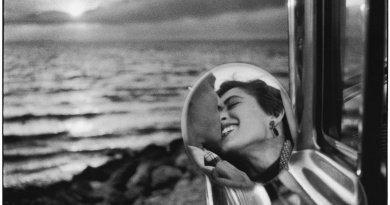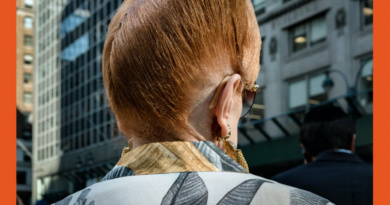John Topham began his working life as a policeman in the East End of London in the 1920s, where he carried a camera and took photographs of daily life in Kent and South East London. A now very famous photograph of Mary Smith, a “knocker-up” who woke London dock workers with a pea shooter, was his first published photograph. He sold it for five pounds, a week's wages, to the Daily Mirror newspaper, and decided to become a free-lance photographer.

Child study - rolling in a motor tyre for fun in 1933 © TopFoto
Topham worked steadily from 1927 to 1973, documenting the "ordinary way of life of ordinary people...the little things of life - the way it really was." He is particularly noted for his photographs taken during the World WarII era - with several appearing in Life magazine. He amassed 121,228 negatives including 20,000 glass negatives of his earliest work before selling his entire collection, with all rights, to TopFoto in 1975.
Topham joined the RAF as a photographer in 1941 and was soon drafted into Intelligence. During the early part of WW2, John Topham, or 'Top' as he was known, supplied images to Life Magazine as well getting regular calls from national newspapers directing him to photograph areas of war damage or action.
His most famous image award winning and dubbed "the most human image of the War" shows the children of hop pickers watching the aerial'dogfights' of the Battle of Britain over Kent fields. It was used in a propaganda campaign alongside the slogan "Help England (sic) And It Won't Happen Here" which helped to convince millions of Americans to join the war against Nazi Germany.In 2009 it was the key image in 'Outbreak' - the major Imperial War Museum exhibition commemorating 70 years since the start of World War II. In the same year it was used on the cover design of the Imperial War Museum book'Outbreak: 1939: The World Goes to War' After the war, he refused offers of staff jobs in the RAF to become a freelance photographer again, working mainly in South East England and Scotland.
Robin Bell, who curated the exhibition has printed these pictures for the first time as silver gelatinprints from glass slides. He remarks on the process of taking these pictures: “It would have been almost impossible to take spontaneous photographs, given the cumbersome nature of his equipment, which included a huge field camera ,wooden tripods and heavy boxesof slides and glass plates , exposed and unexposed. He would have set each photograph up painstakingly but somehow managed to convey a feeling of happily being in the right place at the right time by sheer luck.Topham had a policeman’s forensic eye for detail and a rare gift for somehow pre-empting the nostalgia that his observations would no doubt inspire in later generations. There’s no chocolate box folksiness here, just a wonderful appreciation of the times in which he lived , good and bad.”
08 May 2021 – 26 June 2021
Lucy Bell Gallery
46 Norman Road
St Leonards on Sea
East Sussex, TN38 0EJ

Bexley Heath Swimming Baths opening in Kent - 1936 © TopFoto









